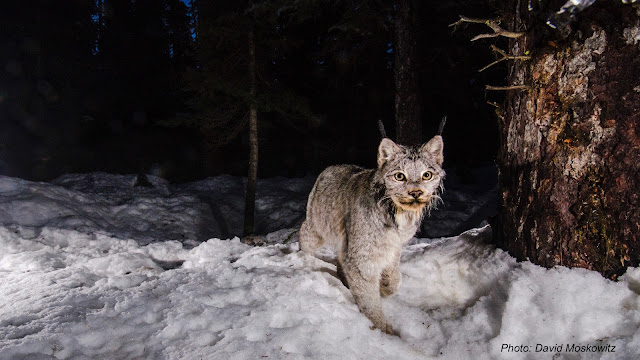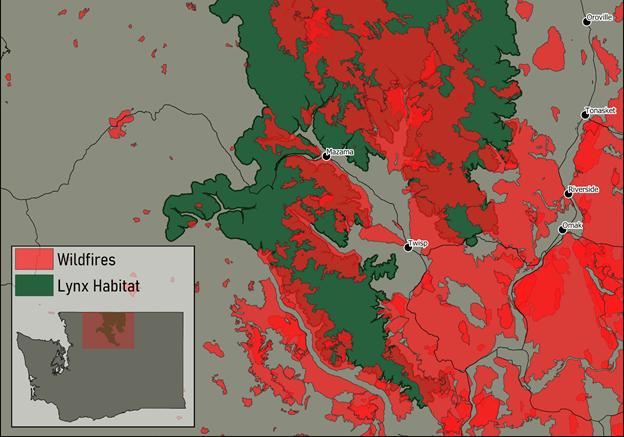2023 Whitman College intern, Margaret, tells her story
“I’m Margaret Burgess, a Junior Biology major [at Whitman College]. This summer I joined the powerhouse team of women behind Home Range Wildlife Research, a nonprofit based in Winthrop, WA dedicated to wildlife conservation and education. I worked on their Lynx and Wildfire project collecting fuels data and setting wildlife cameras. So what did that look like? Field days were full of excitement and many miles of bushwhacking. My field partner and I would usually meet at the office in town and then drive out to the study area on a heavily washboarded old logging road. During my internship a section of the road washed out due to thunderstorms, but that wasn’t about to stop us, it just added to our eventful daily routine as we slowly bumped over logs, rubble, and downed logs in the work truck. I remember my first day out in the field vividly, following behind my supervisor we hiked up a trail and then suddenly peeled off, shooting up a steep slope and whacking through brush. This set the



